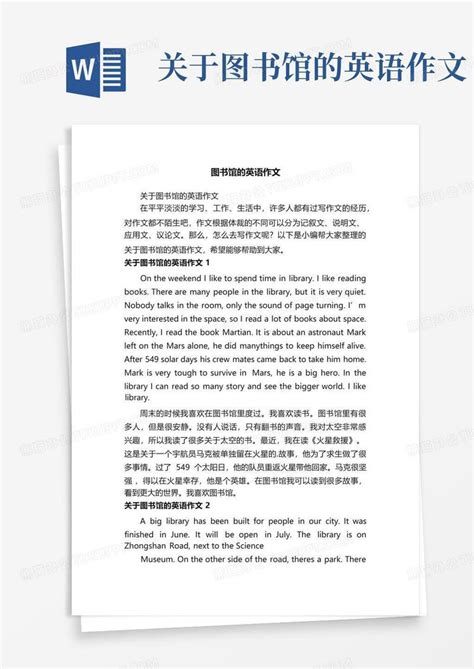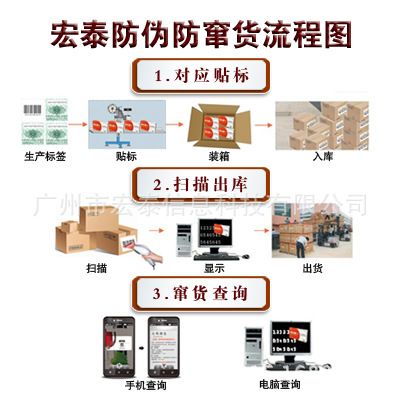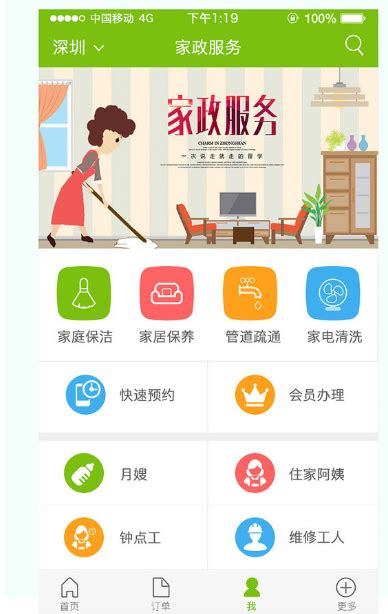**Title: Library Summary Report: Fostering Knowledge and Community**
Introduction:
In the modern world, libraries stand as bastions of knowledge, providing invaluable resources and spaces for learning, research, and community engagement. A library summary report serves as a comprehensive overview of the activities, services, and impact of a library over a specific period. In this report, we delve into the significance of libraries, their evolving roles, and the key elements of a well-structured summary report.
1. **The Role of Libraries in Society:**
Libraries serve as vital hubs of information, catering to diverse needs across communities. They facilitate lifelong learning, support academic pursuits, and promote literacy and critical thinking skills. Additionally, libraries bridge the digital divide by offering access to computers, internet connectivity, and digital resources, ensuring equal opportunities for all.
2. **Evolution of Libraries:**
Traditionally, libraries were repositories of printed materials, but they have evolved into dynamic spaces embracing digital technologies. Modern libraries offer e-books, online databases, multimedia resources, and virtual services, adapting to the changing needs of patrons in the digital age. Moreover, libraries have become community centers, hosting events, workshops, and exhibitions to foster social cohesion and cultural enrichment.
3. **Components of a Library Summary Report:**
a. **Usage Statistics:** Include data on library visits, circulation of materials, computer usage, and attendance at programs and events. These statistics provide insights into the level of engagement and utilization of library resources.
b. **Program Highlights:** Highlight significant programs, workshops, and events organized by the library, showcasing its role in promoting literacy, lifelong learning, and community involvement.
c. **Collection Development:** Discuss acquisitions, withdrawals, and the overall growth of the library's collection, reflecting its efforts to meet the informational needs and interests of patrons.
d. **Technology Integration:** Evaluate the integration of technology in library services, such as online catalog systems, digital lending platforms, and virtual reference services, enhancing accessibility and convenience for users.
e. **Community Impact:** Assess the library's impact on the community through outreach initiatives, partnerships with local organizations, and contributions to educational and cultural enrichment.
4. **Guidelines for Writing a Library Summary Report:**
a. **Clarity and Conciseness:** Present information in a clear and concise manner, focusing on key metrics and achievements.
b. **Data Visualization:** Utilize charts, graphs, and tables to visually represent statistics and trends, making the report more engaging and accessible.
c. **Narrative Context:** Provide context and analysis for the presented data, explaining trends, challenges, and opportunities faced by the library.
d. **Stakeholder Involvement:** Involve stakeholders, including library staff, patrons, and community partners, in the review process to ensure the report accurately reflects the diverse perspectives and priorities.
Conclusion:
In conclusion, a library summary report serves as a valuable tool for assessing the effectiveness and impact of library services, while also informing strategic planning and decision-making. By highlighting achievements, challenges, and opportunities, libraries can demonstrate their value to stakeholders and advocate for continued support and investment in their mission of knowledge dissemination, lifelong learning, and community engagement.

免责声明:本网站部分内容由用户自行上传,若侵犯了您的权益,请联系我们处理,谢谢!联系QQ:2760375052











